Inside all of the royal family's titles and their meanings
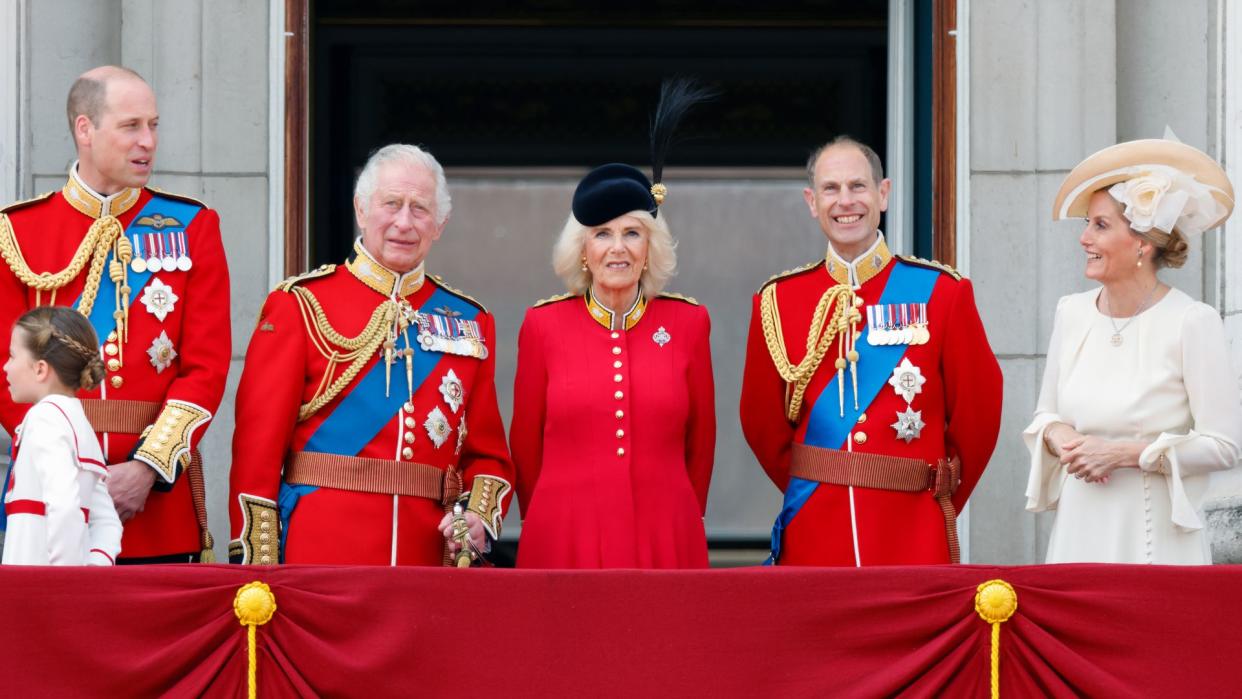
It might get confusing learning how to address members of the royal family who have a whole swathe of titles, some of which are hereditary while others have been bestowed on behalf of the sitting monarch.
One of the most notable changes of recent years has been with King Charles and Queen Camilla, previously known as the Prince of Wales and Duchess of Cornwall before getting their new titles, becoming Their Majesties following the death of Queen Elizabeth II in September 2022.
So, if you're struggling to tell the difference between a Prince and a Duke or how Earls figure into the whole equation, then HELLO! is here with a handy guide. Read below to find out all you need to know…
King or Queen
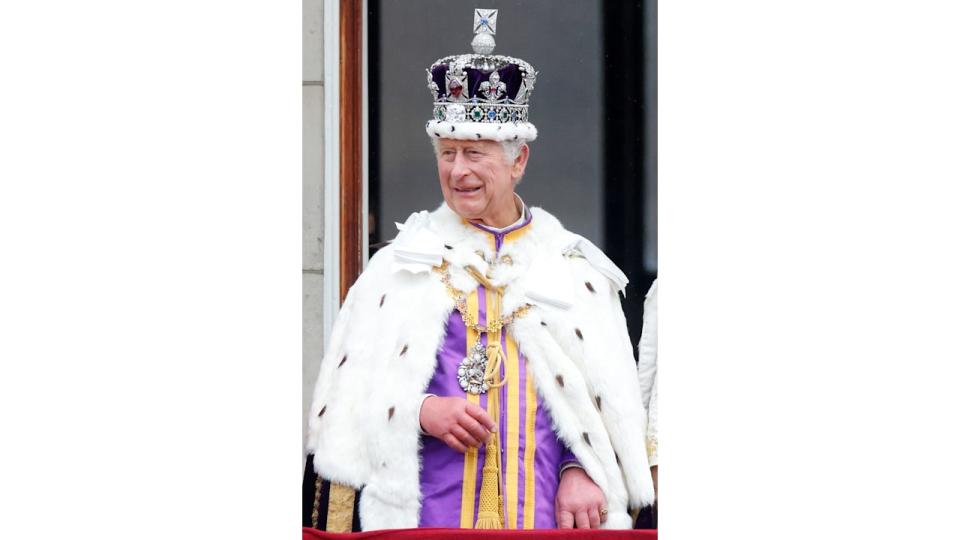
The most senior rank in the royal family is the King or Queen who functions as the head of state, generally as a ceremonial role. Also referred to as the 'monarch' or 'His/Her Majesty', their main duties consistof signing laws into statute, holding a weekly audience with the Prime Minister of the country and opening Parliament at the start of a session. A sitting monarch will also undertake duties for the state, including hosting state visits, visiting organisations around the country or undergoing their own state visits.
The King or Queen is a hereditary title and passes down a line of succession, meaning the next will take over immediately after the incumbent dies or abdicates. In the past, male heirs were favoured in primogeniture laws, meaning that a younger son of a sitting monarch would be in line before their older sister, such as the case of Princess Anne, who is below her younger brothers, Prince Andrew and Prince Edward.
More royal content
Can the royal family drive? 14 times royals ditched their drivers and got behind the wheel
Everything we know about the Princess of Wales's cancer diagnosis, treatment and return to royal duties
Why Prince Edward could become Prince William's closest adviser
Prince Louis' birthday photos all have this in common – did you notice?
Prince William at 6 compared to mini-me son Prince Louis
The laws around this changed in 2011 following the Perth Agreement, meaning that Princess Charlotte was not moved down the line of succession following the birth of her younger brother, Prince Louis.
Examples: Queen Elizabeth II, King Charles III
Queen Consort
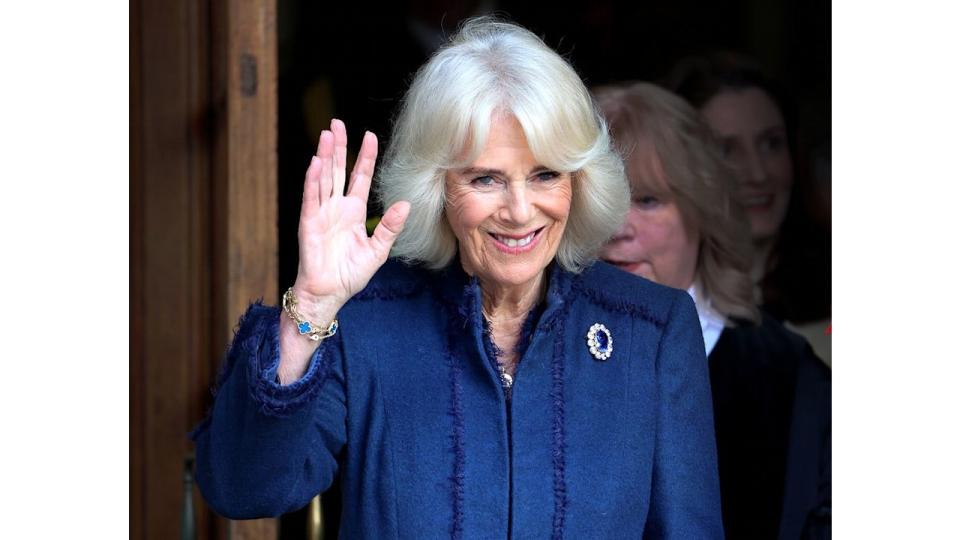
A consort is the spouse of the sitting monarch, and while ranking below their partner in seniority, they still carry out official state business including visits. They do not, however, hold any constitutional powers, like meeting with the Prime Minister.
The title is only gained through marriage and is therefore not hereditary. The role is typically only for women, although Queen Victoria made her husband, Albert, her Prince Consort. There were suggestions that following the accession of the late Queen that her husband, Prince Philip, would be titled Prince Consort, however, he was simply known as Prince.
Although the title of prince consort is very rarely used in the UK, there has been wider use in European royal families, with Queen Margrethe's late husband, Prince Henrik, holding the title. One important difference between a prince consort and a queen consort is that while a queen consort will be crowned alongside their husband at the coronation, a prince consort is not.
Example: Queen Consort Camilla
Queen Mother
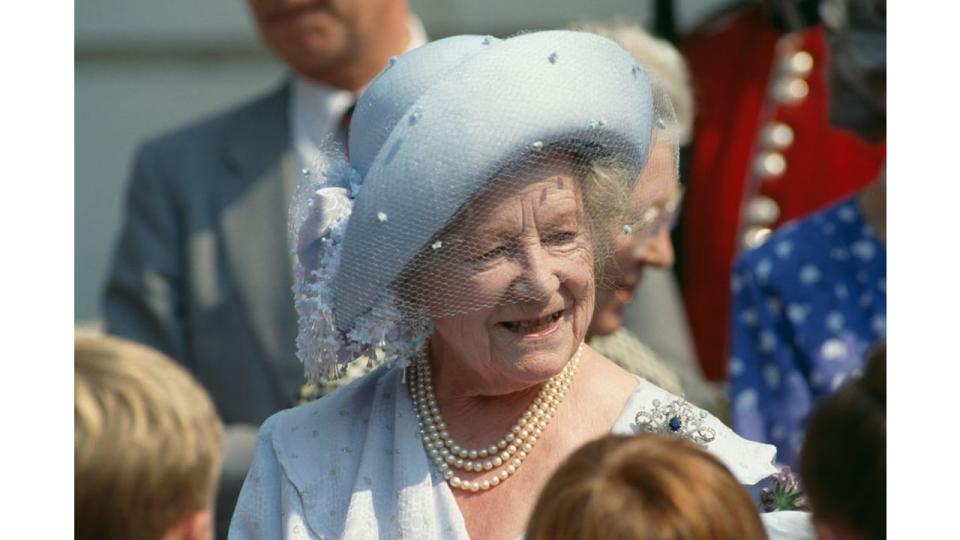
The Queen Mother is the title given to the consort of the King following his death who is the mother of the sitting monarch. The name of the title is in reference to the consort's former role as opposed to being the mother of a sitting queen and they are given this name regardless of the gender of the person on the throne.
As the title is only gained following the death of a sitting monarch, there can only be one Queen Mother at a time, and sometimes the role is not in use at all. The title is rarely used as an official title, however the late Queen's mother, the Queen Mother, did use it as her official role.
There is no title for a male equivalent, for example, the King or Prince Father.
Example: The Queen Mother
Prince/Princess of Wales
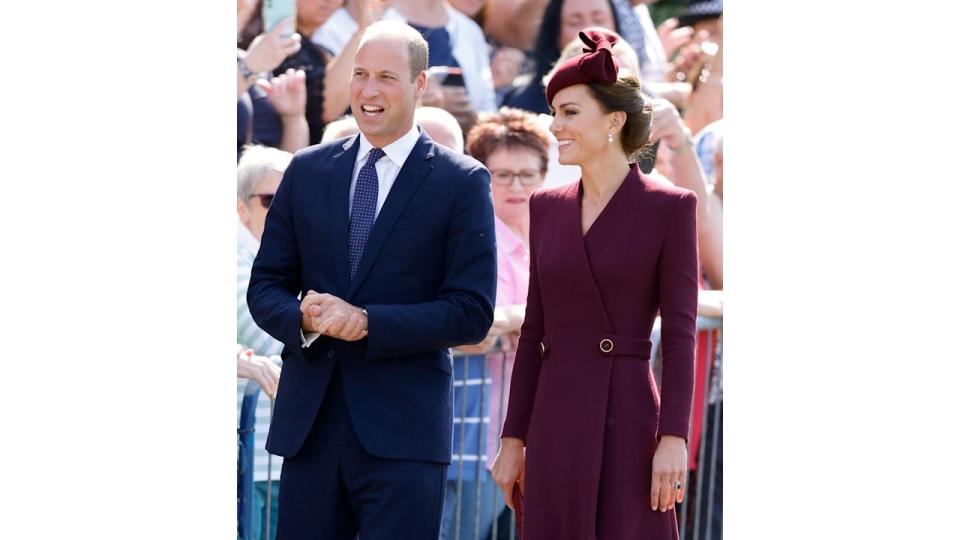
The Prince of Wales is a title bestowed upon a male heir to the throne by the current monarch. Although male heirs can expect to become the Prince of Wales, the title is not automatically bestowed upon them as soon as they become the heir apparent, with King Charles only gaining the title from his mother in 1958, six years after she ascended to the throne. In contrast, Prince William gained the title a day after becoming heir apparent.
Only a male heir can be named as Prince of Wales, so even when the late Queen was the heir apparent, she was known as Princess Elizabeth, later being known as the Duchess of Edinburgh following her marriage to Philip. The only way a woman can gain the title of Princess of Wales is through marriage, such as with the late Princess Diana and Princess Kate. The title is not a guarantee, and after marrying the then-Prince of Wales in 2005, Camilla chose to be the Duchess of Cornwall instead, out of respect for Charles' ex-wife.
The title can be held following divorce and Diana continued to be known as the Princess of Wales following her split from Charles up until her death in 1997.
Examples: William, Prince of Wales, Diana, Princess of Wales and Kate, Princess of Wales
Prince/Princess
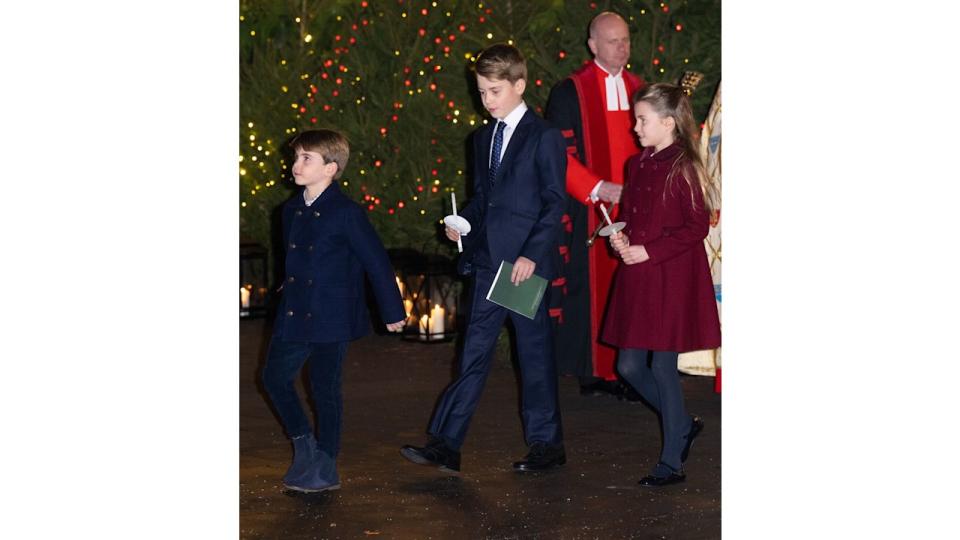
A Prince or Princess is a title given to the children and grandchildren of the sitting monarch. Ahead of the birth of William and Kate's first child in 2013, the late monarch issued a formal decree to ensure that if the baby was a girl, she would be given the title of Princess. Up until that point, the Letters Patent 1971 stated that only the eldest son of the eldest son of the Prince of Wales was entitled to be made Prince. Using a new Letters Patent, the late Queen decided that all of William and Kate's children would be given the title of Prince or Princess.
The title is often hereditary and bestowed to both males and females. Although rarely the case, someone marrying into the royal family can be named a prince or princess, but this will be upon the decision of the monarch, in the UK it is more commonly used when that person is marrying the heir to the throne, like Princess Diana or Princess Kate.
The Princess Royal also opted not to give her children, Peter Phillips and Zara Tindall, royal titles when they were born.
Examples: Prince Harry, Prince George, Princess Kate
Princess Royal
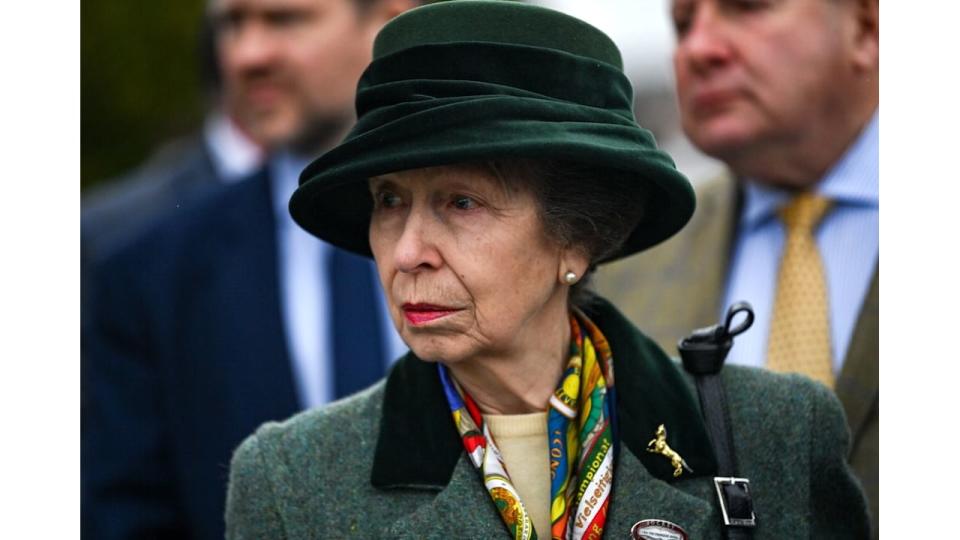
The Princess Royal is a title that isn't always in use, but is typically bestowed by a monarch to their eldest daughter. The title is given entirely at the behest of the monarch and as such an eldest daughter could theoretically be skipped. The title is not hereditary meaning that a holder's children will not gain it upon her death, but the holder will keep the title until their own death.
Examples: Anne, Princess Royal
Duke/Duchess
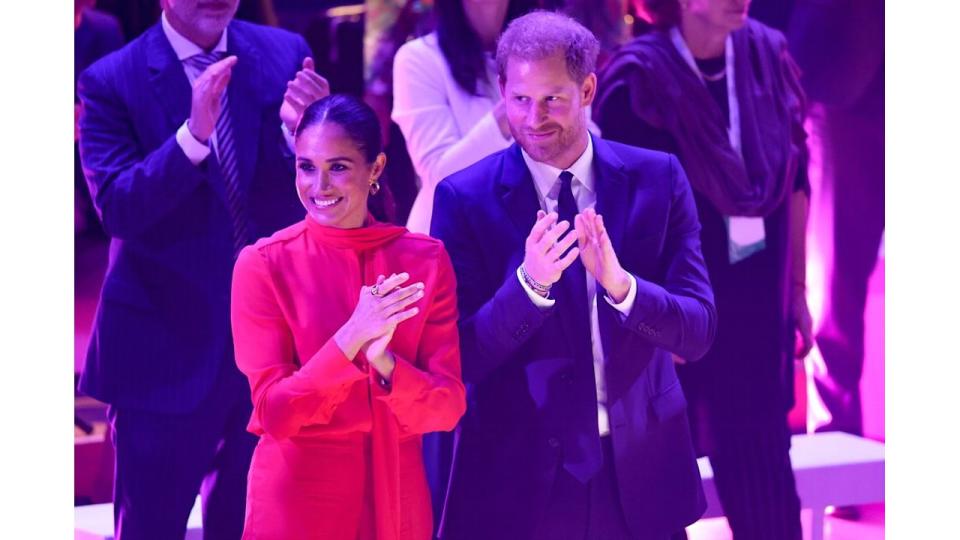
A dukedom is often bestowed upon a senior member of the royal family alongside their title of prince so long as they carry the title of 'His Royal Highness'. The title has been used by some of the late Queen's male children and some of her male cousins, like the Duke of Kent and the Duke of Gloucester.
Those who marry a duke or duchess will often gain the title, including Meghan, Duchess of Sussex and Sarah, Duchess of York, while some dukedoms are partially hereditary, like the Duke of Gloucester, others, like the Duke of Edinburgh, are property of the crown and therefore return to the crown following the holder's death.
The title is also used by non-royals in aristocracy and these dukedoms are unrelated to the monarchy.
Examples: Sarah, Duchess of York, Prince Edward, Duke of Kent, Meghan, Duchess of Sussex
Earl/Countess
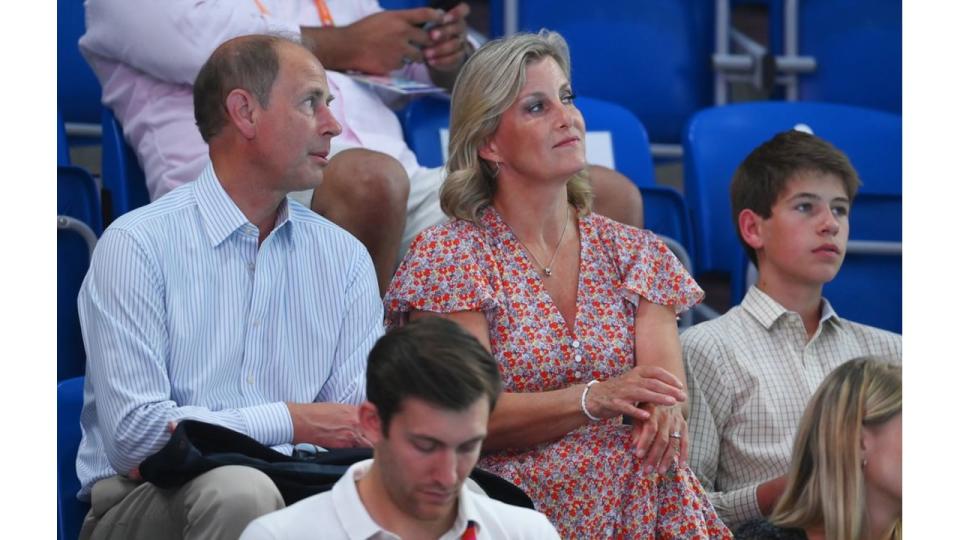
Typically, the title of Earl or Countess is bestowed upon advisers or friends of the monarchy as opposed to actual members of the royal family, however, following his marriage to Sophie Rhys-Jones in 1999, Prince Edward requested the title as opposed to being a Duke. His children were subsequently stylised as an Earl's children would be. When Edward became Duke of Edinburgh, his Earldom was conferred to his older male heir, James.
Examples: Sophie, Countess of Wessex, James, Earl of Wessex
Viscount/Viscountess
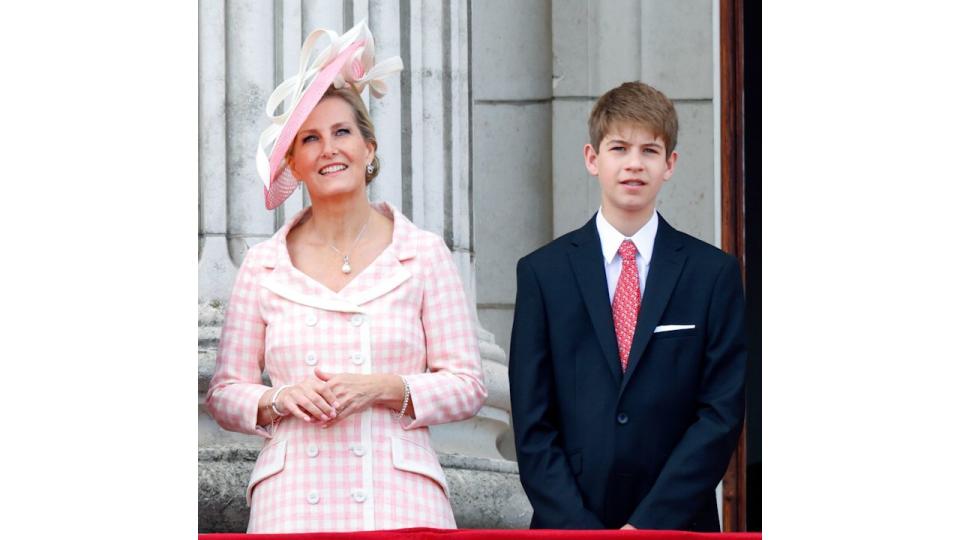
Since the 10th century, the children of an Earl or Countess have been known as a viscount or viscountess. Due to Edward and Sophie's request that their children be stylised as the children of an earl, when their son James was born in 2007 he was known as Viscount Severn.
Examples: James, Viscount Severn
Lord/Lady
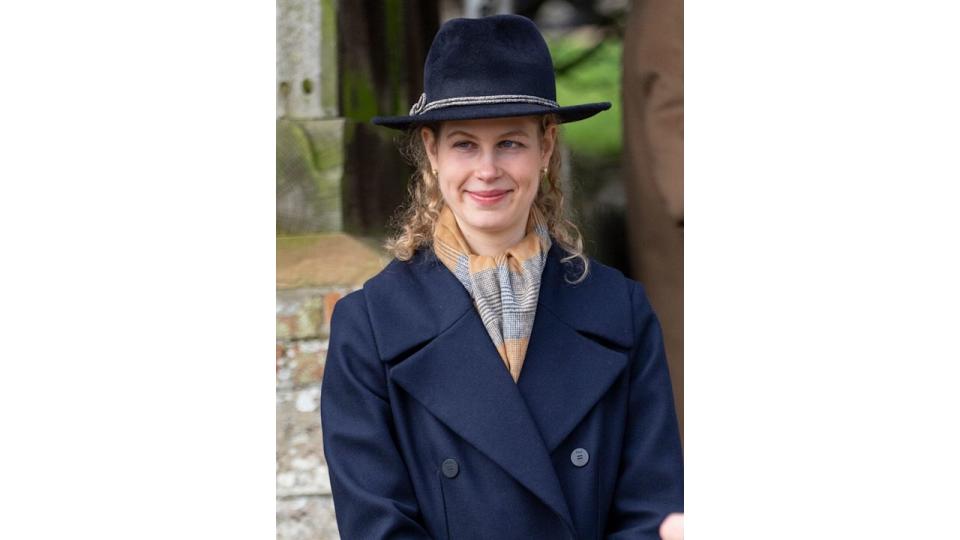
A Lord or Lady is generally used as a courtesy title and can be used to reference the children or an earl or other members of nobility. Although not in royal circles, the 'Lady' title can also be used for someone who is married to a Knight of the Realm, Theresa May is known as Lady May due to her marriage to Sir Philip May.
Examples: Lady Louise Windsor



